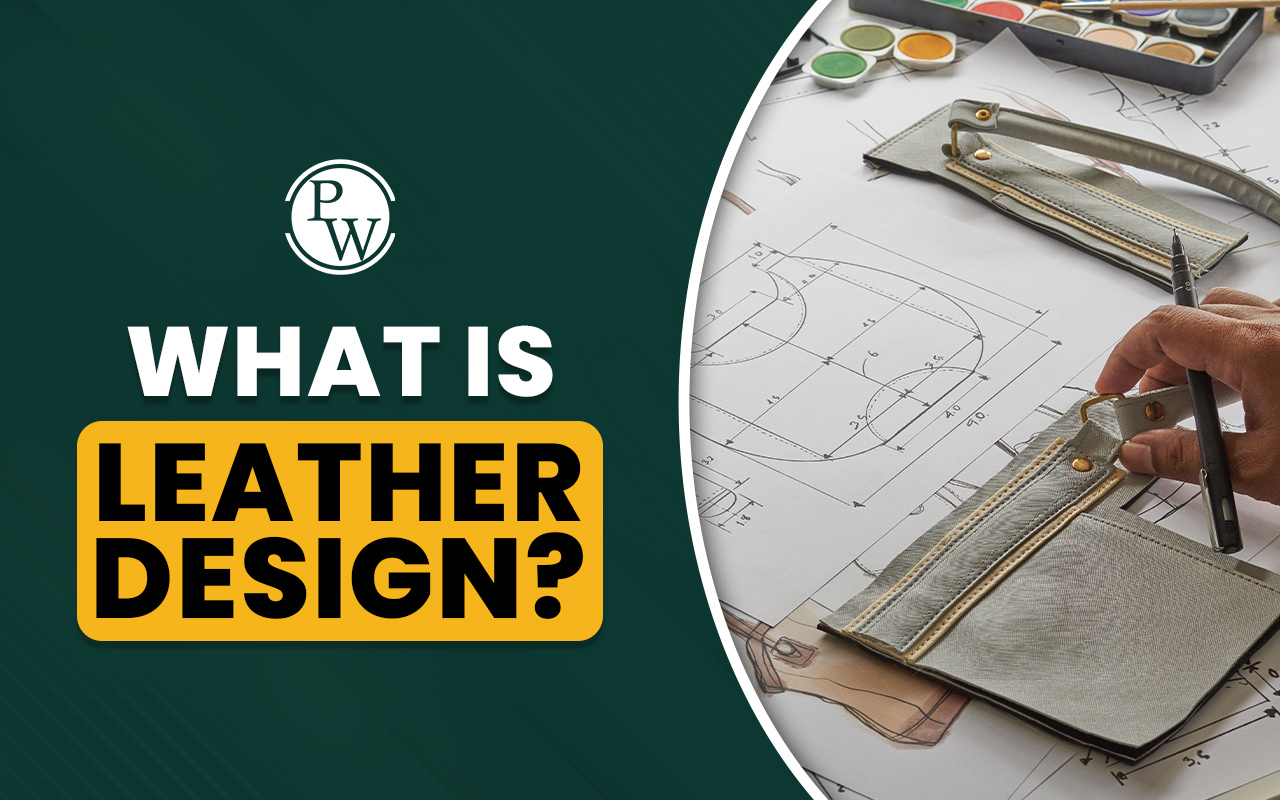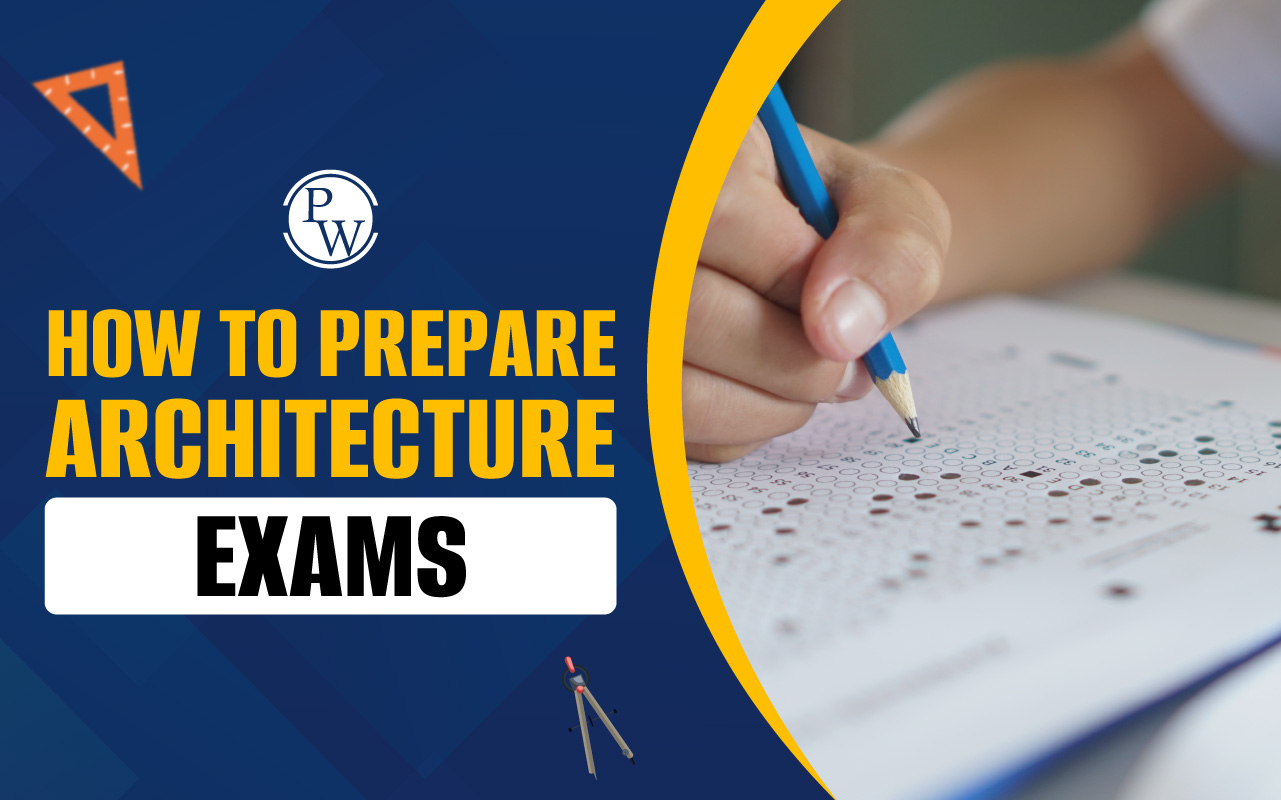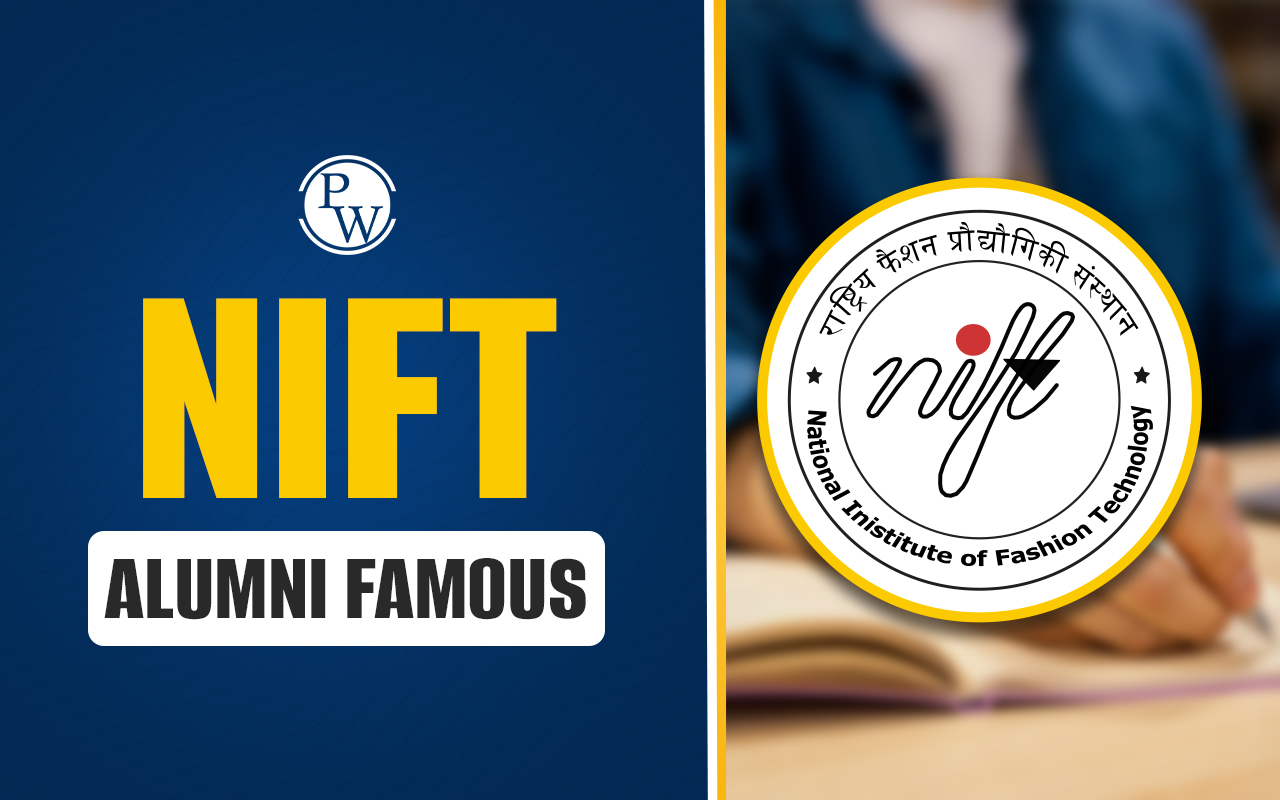
NATA Maths Syllabus and Sample Questions: NATA Maths Syllabus 2025 covers a comprehensive range of topics aimed at testing students’ understanding and problem-solving skills in mathematics, which are essential for architectural studies. Important topics include algebra, geometry, trigonometry, calculus, statistics, logarithms, matrices, and coordinate geometry. With topics such as arithmetic progressions, determinants, trigonometric equations, and probability, the Maths syllabus for NATA is structured to provide a solid mathematical foundation for aspiring architects. Before commencing NATA preparation, students are advised to thoroughly review the maths syllabus for NATA, weightage, and practice sample papers to enhance their readiness for the exam. The Nationwide Aptitude Test in Architecture (NATA) is conducted by the Council of Architecture for admission to the 5-year B. Arch Degree Course at approved universities in India.
NATA Maths Syllabus 2025
This year, the NATA official brochure for 2025 has shifted focus away from Mathematics, Physics, and Chemistry as primary topics. Instead, emphasis is placed on Aptitude, forming the core portion from which test questions will be drawn. Therefore, candidates preparing for the NATA 2025 exam should align their studies with the NATA maths syllabus and sample questions. The NATA official brochure outlines various topics in the exam syllabus related to the three disciplines. Hence, candidates are advised to refer to the following topics, which were predominantly questioned in previous year's NATA exams, for their preparation. Explore the NATA syllabus provided below:
Algebra
- Understanding of Arithmetic Progression (A.P.) and Geometric Progression (G.P.).
- Explanation of general terms.
- Calculation of the sum of initial n-terms for series such as ∑n, ∑n², ∑n3.
- Study of Arithmetic/Geometric series, arithmetic mean (A.M.), geometric mean (G.M.), and their relationship.
- Exploration of infinite G.P. series and its total sum.
Logarithms
- Clarification of definitions.
- Examination of general properties.
- Discussion on changing bases.
Matrices
- Scalar multiplication and matrix multiplication
- Transposition of matrices
- Calculation of determinants for square matrices
- Statement of properties of determinants
- Understanding of minor, cofactor, and adjoint of matrices
- Analysis of nonsingular matrices
- Determination of matrix inverses
- Application in finding the area of a triangle
- Solving systems of linear equations
Trigonometry
- Trigonometric functions
- Addition and Subtraction formulae
- Formulae involving multiple and submultiple angles
- The general solution of trigonometric equations.
- Properties of triangles
- Inverse trigonometric
- Functions and their properties
- Coordinate Geometry:
- Distance formula
- Section formula
- Area of a triangle
- Condition of collinearity of three
- Points in a plane
- Polar coordinates
- The transformation from Cartesian to polar coordinates and vice versa
- Parallel transformation of axes
- Concept of locus
- Elementary locus problems
- The slope of a line
- Equation of lines in different forms
- Angles between two lines
- Condition of perpendicularity and parallelism of two lines
- Distance of a point from a line
- Distance between two parallel lines
- Lines through the point of intersection of two lines.
- Equation of a circle with a given center and radius
- A condition that a general equation of second degree in x, y may represent a circle
- Equation of a circle in terms of endpoints of a diameter
- Equation of tangent
- Normal and Chord
- Parametric equation of a circle
- The intersection of a line with a circle
- Equation of the common chord of two intersecting circles.
- 3-dimensional coordinate geometry
- Direction cosines and direction ratios
- Distance between two points and section formula
- Equation of a straight line
- Equation of a plane
- Distance of a point from a plane.
Coordinate Geometry
- Understanding of the Distance formula
- Application of the Section formula
- Computation of the Area of a triangle
- Examination of collinearity conditions for three points in a plane
- Introduction to Polar coordinates
- Transformation between Cartesian and polar coordinates
- Parallel axis transformation
- Concept of locus and its elementary problems
- Calculation of the slope of a line
- Representation of lines in various forms
- Evaluation of angles between two lines
- Conditions for perpendicularity and parallelism of lines
- Calculation of distances from a point to a line
- Determination of distance between two parallel lines
- Exploration of lines passing through the point of intersection of two lines
- Formulation of the equation of a circle with a given center and radius
- Identification of conditions for a general second-degree equation to represent a circle
- Expression of a circle in terms of endpoints of a diameter
- Formulation of equations for tangents, normals, and chords
- Introduction to Parametric equations of a circle
- Determination of the intersection of a line with a circle
- Derivation of the equation of the common chord of two intersecting circles.
Additionally, delve into 3-dimensional coordinate geometry, covering:
- Direction cosines and direction ratios
- Calculation of distance between two points and the section formula
- Formulation of equations for straight lines and planes
- Computation of the distance of a point from a plane.
Theory of calculus
- Separation of variables method
- Derivative
- Integration by parts
- Solution of homogeneous differential equations
- Continuity
- The indefinite integral of standard functions
- Limit
- Integration as a reverse process of differentiation
- Properties of definite integrals
- Chain rule
- Definite integral as a limit of a sum with equal subdivisions
- Formation of ordinary differential equations
- Functions are the composition of two functions and inverse functions
- Derivatives of implicit functions and functions defined parametrically
- Fundamental theorem of integral calculus and its applications
- linear first-order differential equations
- Integration by substitution and partial fraction
Application of calculus
- Differential coefficient as a measure of the rate
- Determination of monotonicity, maxima, and minima
- Geometric interpretation of definite integral as area, calculation of area bounded by elementary curves and Straight lines
- Tangents and normals
- Motion in a straight line with constant acceleration.
- The Area of the region included two elementary curves
- Conditions of tangency
Permutation & Combination
- Permutation with repetitions (circular permutation excluded).
- Combinations of n different things taken r at a time (r ≤ n).
- Basic properties. Problems involving both permutations and combinations.
- Permutation of n different things taken r at a time (r ≤ n). Permutation of n things is not all different.
- The combination of n things is not all different.
Statistics & Probability
- Repeated independent trials
- Conditional probability and Bayes’ Theorem
- Binomial distribution.
- Measurement of dispersion, mean, variance, standard deviation, and frequency distribution.
- Addition and multiplication rules of probability
- Independence of events
Previous Year Questions And Analysis
Based on the analysis of last year's math questions, the majority fell within the easy to moderate difficulty range. In the NATA sample papers, math questions are predominantly straightforward, often focusing on topics such as matrices, determinants, relations, functions, and basic area problems. Ratio and proportion, along with percentage-related queries, constituted a significant portion, while algebra questions tended to be slightly more challenging. Feedback from students suggests that the math portion of the NATA exam emphasizes geometry, with approximately 70% of questions falling into this category. Mathematical reasoning questions span a range of difficulty levels, aligning with the syllabi from class 6th to 10th. Over recent years, the math section of the NATA exam has remained notably manageable and rewarding, making it essential to thoroughly prepare for all topics. With a strong foundation, achieving high scores in this section is feasible without excessive time investment. It's advisable to tackle a variety of sample papers and past NATA question papers to familiarize yourself with potential exam formats and question types.
NATA Maths Questions 2025
Here are some sample questions for candidates to practice from the NATA Maths section.
Question 6. Two numbers are in the ratio 3:5. If 9 is subtracted from each, the new numbers are in the ratio 12:23. What is the smaller number?
A) 27
B) 33
C) 49
D) 55
Answer: B) 33
Question 7. If 0.75:x::5:80.75:x::5:8, then xx is equal to:
A) 1.12
B) 1.2
C) 1.25
D) 1.30
Answer: B) 1.2
Question 8. 20, 19, 17, ?, 10, 5. Find the missing number.
A) 15
B) 14
C) 13
D) 12
Answer: B) 14
Question 9. A team of three lumberjacks cut an average of 45,000 cubic feet of timber in a week. How many thousand cubic feet will seven lumberjacks cut in two weeks?
A) 21
B) 105
C) 150
D) 210
Answer: D) 210
Question 10. An express train traveled at an average speed of 100 km/hr, stopping for 3 minutes after every 75 km. How long did it take to reach its destination 600 km from the starting point?
A) 6 hrs 30 min
B) 6 hrs 49 min
C) 6 hrs 45 min
D) 6 hrs 21 min
Answer: B) 6 hrs 49 min
Question 11. A two-digit number is three times the sum of its digits. If 45 is added to it, the digits are reversed. What is the number?
A) 23
B) 32
C) 27
D) 72
Answer: D) 72










